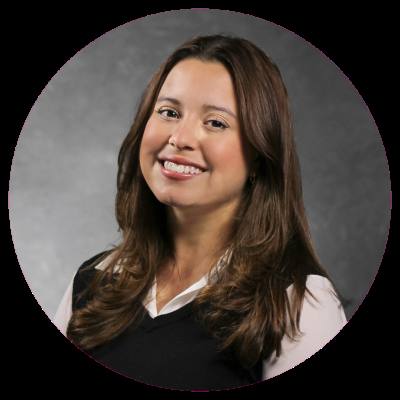The big picture
Enrollment increased from 43,905 on Sept. 5 to 44,017 in the most recent count, but total enrollment has still declined from last year, according to a presentation from PISD Deputy Superintendent Johnny Hill.
PISD's 2024-25 enrollment was 46,551, and the district's projected enrollment of for the 2025-26 school year was 45,674 students.
Hill said that since PISD builds its budget around estimated enrollment, the district budgeted for about 1,650 more students than are currently enrolled.
The discussion
PISD staff discussed potential solutions during the Oct. 7 board of trustees meeting, including increasing outreach initiatives to inform parents about existing district programs to boost student retention.
Board member Elisa Klein discussed how the district already sends out flyers and social media blasts with information about PISD's various academies—the Electrical Engineering Academy, Wildcat Collegiate and Health Sciences Academy—but they only reach parents of incoming high school students.
She emphasized the need to extend these communications to parents starting in younger grades to ensure student retention from the beginning.
"We can't do enough of marketing our own district," Klein said. "Always taking that extra step to let our parents know what our options are because our kids do have amazing options."
During his presentation, Hill also recommended paying more attention to student retention in kindergarten, third, sixth and ninth grade, as these were the grade levels with the highest decrease in enrollment.
The cause
PISD's enrollment has declined every year since its peak of 55,700 students in 2012, with PISD officials attributing the decline to different factors.
At the Oct. 7 meeting, trustees brought up rising home costs and declining birth rates as reasons that might be affecting PISD's enrollment.
Additionally, Hill presented data demonstrating similar declines in neighboring districts around major suburban areas, including Garland, Frisco, Keller and Fort Worth ISDs.
"What we're experiencing does seem to be very similar to our peer districts," board member Sam Johnson said. "That is both comforting and troubling at the same time, but it's important to know it in order to plan appropriately for the district's future."
Conversely, smaller districts in rural areas, like Fort Stockton ISD, have seen an unprecedented increase in enrollment, which Hill attributed to their offering of statewide, online learning options and other niche programs.
What's next?
Plano ISD is currently operating at 70% "functional capacity." Hill said the district would consider 80%-85% to be "perfect capacity."
The district will meet with a contracted demographer in December to further analyze PISD's enrollment mobility trends and contextualize the decline, according to Hill.





